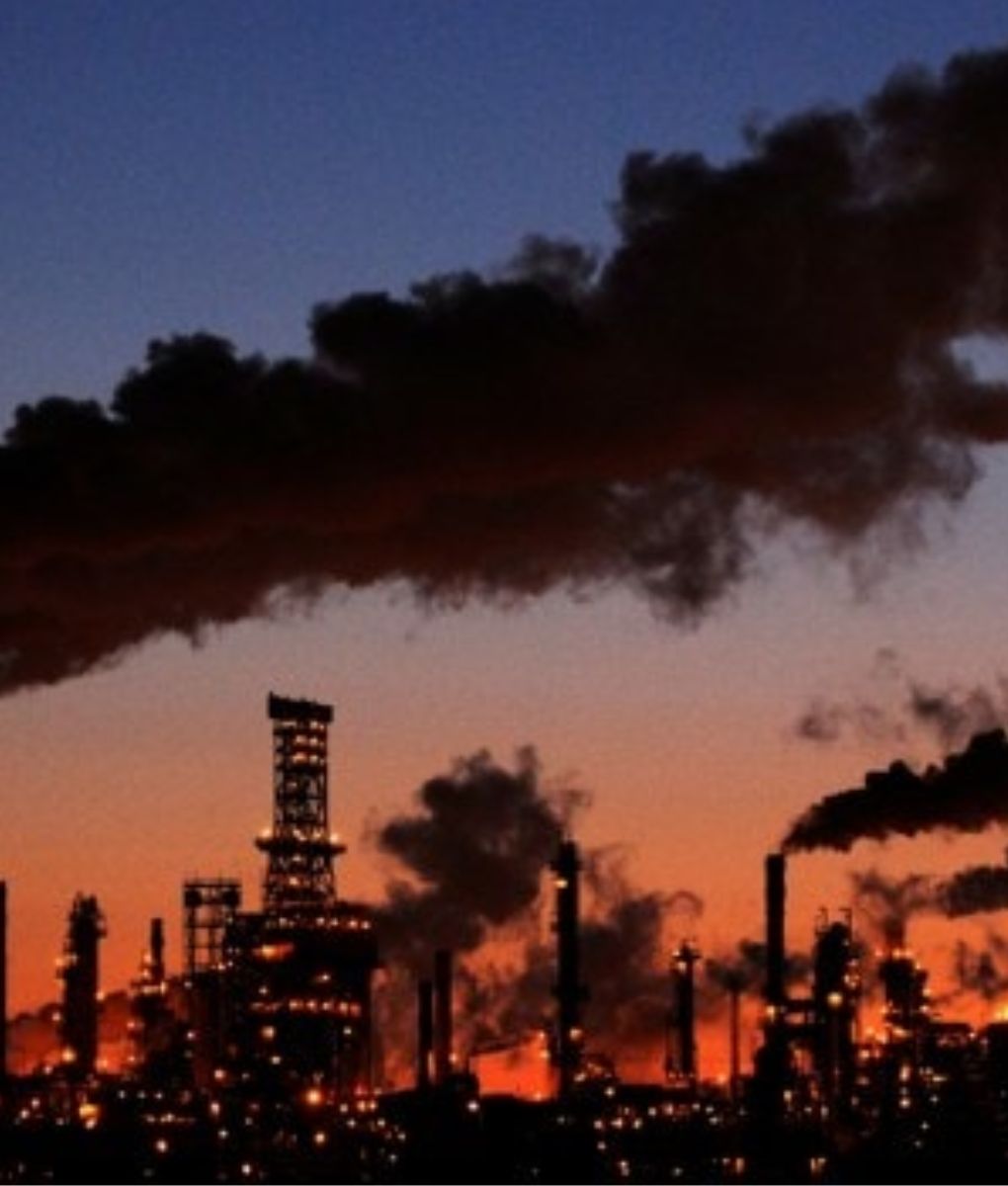India is charting a transformative path to sustainability with the establishment of its compliance market for carbon – the Indian Carbon Market (ICM). This ambitious initiative aims to curb GHG emissions and propel economic growth in accord with the environment. It aligns with India’s international commitments under the Paris Agreement and the Long-Term Low-Carbon Development Strategy, promoting decarbonisation while supporting developmental priorities.
The Indian government, through ICM, aims to formulate a market framework for decarbonising the Indian economy. The pathway plans to put a price on CO2 emissions through the trading of Carbon Credit Certificates. For this purpose, the Bureau of Energy Efficiency (BEE), Ministry of Power (MoP) and Ministry of Environment, Forest, and Climate Change (MoEFCC) are developing the Carbon Credit Trading Scheme (CCTS). As India takes these steps, the nation is poised to lead by example in the global fight against climate change.
Earlier scenario
India has a history of innovative carbon strategies, including the Perform, Achieve, and Trade (PAT) scheme and Renewable Energy Certificate (REC) mechanism. These initiatives laid the groundwork for the ICM, focusing on energy efficiency and renewable energy deployment. Under the PAT scheme, industries meeting or exceeding the targets generate tradable energy savings certificates, whereas under the REC mechanism, one certificate represents 1 MWh of electricity generated from renewable sources which is traded in the market.
Current Developments
The ICM will consolidate these existing frameworks, enabling the trading of carbon credits each representing one ton of CO₂ reduction or removal. This shift signifies a broader scope, integrating both compliance and voluntary mechanisms for emissions reduction. The compliance mechanism aims to address emissions from energy use by obligated entities (erstwhile Designated Consumers under PAT scheme) while the offset mechanism will incentivise voluntary actions from entities not covered under compliance to reduce or remove GHG emissions.
The offset mechanism is set to launch in early 2025. The MoP and MoEFCC are working to finalise emission intensity targets for obligated entities by April 2025. If these targets are notified, the compliance mechanism will likely commence by mid-2025.
In October 2024, BEE released the phase 1 and phase 2 list of approved sectors for the offset mechanism. These include Energy, Industries, Waste Handling and Disposal, Agriculture, Forestry, Transport, Construction, Fugitive Emissions, Solvent Use, and CCUS.
Opportunities and challenges
India has recently witnessed significant progress in the durable carbon dioxide removal (CDR) space, with key stakeholders increasingly exploring CDR methods to offset their emissions. In a noteworthy move, BEE has recognised biochar as one of the approved methodologies under its sectoral list. Biochar, a carbon-rich material produced from surplus biomass, offers the potential for long-term carbon sequestration, with the ability to lock away carbon for over 1,000 years. This is a welcome move by the Government and an important signal to the corporate sector to invest and participate in CDR markets.
Under the Agriculture and Waste Handling sectors, biochar can generate significant carbon credits. It benefits agricultural systems such as improving soil health, water retention, and rural livelihoods, in addition to permanently storing carbon. It also results in efficient crop residue management by using surplus biomass for biochar production, thus reducing air pollution from stubble burning.
While the inclusion of carbon removal technologies is a positive development, it comes with its risks and challenges. Key challenges include regulatory complexity, market integrity and participation barriers.
Establishing robust monitoring, reporting, and verification (MRV) mechanisms is essential to ensure the credibility of carbon credits and prevent low-quality or fraudulent activities. Additionally, alignment with international frameworks, such as Article 6 of the Paris Agreement, is crucial.
One significant participation barrier arises from the uncertainty surrounding the exports of carbon credits generated under the ICM. Discussions are ongoing about whether these credits will be permitted for export and if permitted, whether export will be to specific countries. Depending on the outcome, international transfers of credits may happen under Article 6.2 and/or Article 6.4, shaping the future trajectory of India’s carbon market.
Recommendations
The Carbon Removal India Alliance (CRIA) recommends that the voluntary carbon market, including that for high-quality durable carbon removal credits, should continue to operate without restrictions since current business models heavily rely on purchases from the international carbon market.
CRIA also recommends that Enhanced Rock Weathering (ERW) should be included as an approved technology under the Industries and/or Agriculture sector in the offset mechanism. This method provides a promising solution for removal of carbon by simply accelerating the natural weathering process, while also providing co-benefits in the form of soil enhancement and crop yield improvement. Given the vast reserves of basalts and alkaline rocks, and hot and humid climate, India is poised to be a global leader in ERW application.
Additionally, to reduce regulatory complexity, it is imperative to create standardised methodologies for measuring, reporting, and verifying durable carbon removal and product specifications in line with globally acceptable registries that implement removal projects and other international VCM standards such as Puro.earth, and European Biochar Industry Consortium (EBI).
The Carbon Removal India Alliance (CRIA) is the only non-partisan industry-led coalition dedicated to catalysing and supporting the growth of a thriving durable carbon dioxide removal (CDR) sector in India; and to accelerate the development, commercialization, deployment, and co-benefit of CDR technologies in India.
Asitava Sen is Co-founder and CEO of Carbon Removal India Alliance and Srishti Singh works at Carbon Removal India Alliance (CRIA)













